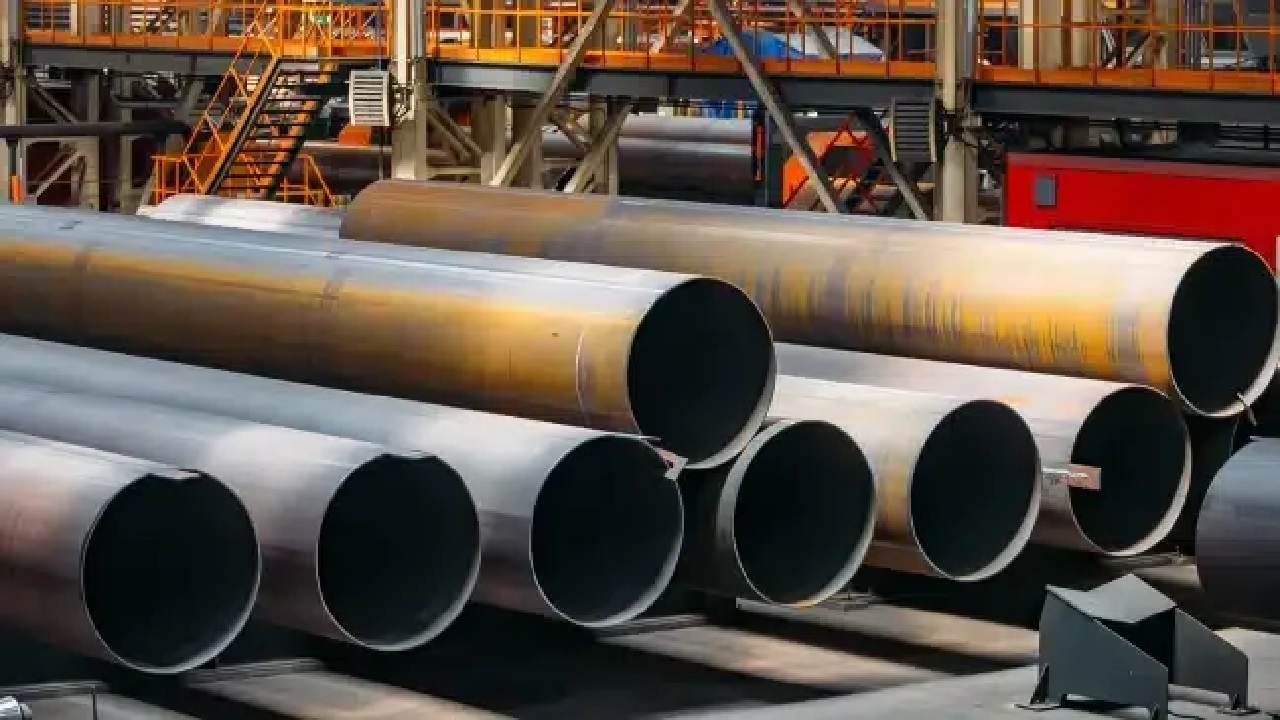A sprinkler system requires a lot of arrangements, and one of the most important things is to determine the right pipe size. The right size allows for proper water flow, reduces system problems, and increases the life span of the system. Here is a complete guide to assist in identifying typical sprinkler pipe size for a good system.
Understanding Pipe Sizing Basics
This means that the pipe size and the amount of water flow and pressure of a sprinkler system are proportional. The sprinkler heads won’t work as well if the pipe diameter is too tiny because water flow will be restricted; conversely, if the pipe diameter is too large, prices will be too high without performance gain. The flow rate, driving pressure, and the disdain that the water must cover are some of the crucial elements that must be taken into account while sizing the pipes. There are two flow control factors, flow rate rating refers to the gallons per minute (GPM) through the system. The sprinkler heads’ ability to distribute water is determined by the water pressure in the pipes, which is measured in pounds per square inch (PSI). Maintaining the system under proper pressure throughout this situation is crucial. Also, the kind of pipe material determines the internal diameter and the ease through which water flows through the pipe. These consist of PVC, polyethylene, and metal pipes with different friction loss coefficients.
Assessing System Requirements
When it is time to choose the pipe, one needs to look at the layout and specifications of the sprinkler system to be used. This includes the quantity flow rate, evaluating the water pressure at the point of supply, and pipe gradient and length. First, in calculating the total flow rate, it is required that all the flow rates of the sprinkler heads that are in operation at the same zone are summed. Secondly, determine the amount of water pressure available at the system source by using a pressure gauge to ensure you get the correct measurement. Lastly, measure the elevation change and pipe length, because water pressure decreases when it flows over a long distance or a pipe with a high slope.
Using a Pipe Sizing Chart
A pipe sizing chart is a useful application that can allow choosing the right diameter of the pipe according to the flow rate and pressure loss. Almost every manufacturer offers a chart or table of the pipe size recommended in relation to a particular flow rate. Frying loss that occurs as water moves through the pipe is also considered. Larger pipes are usually characterized by low friction loss but are expensive to install. Furthermore, water velocity should not be too high; normally, it should range from 5 to 7 feet per second to avoid noise, wear and tear, and inefficiency.
Selecting Tuspipe Materials
Tuspipe material selection can be a factor in the sizing process. All the materials have their own properties that define their flow and their ability to last. PVC pipes are cheaper, easy to install, and light in weight, which makes them suitable for residential systems, but they are vulnerable to freezing. PE pipes are flexible and do not break when there is movement of the ground or when there is freezing of the soil. Metal pipes, despite their lower application in the current systems because of high costs and vulnerability to corrosion, possess high strength and are very durable.
Pipe Sizing: A Step-by-Step Procedure
Organize the system design and draw a plan with all the heads, zones, and pipe plans on paper before doing anything. Find the flow rate and pressure needed for each zone and get the manufacturer’s specifications or use pipe sizing charts to select the proper size of each segment of the system. During planning, one should think about possible future additions to prevent additional modification costs. After the system is installed, a pressure and flow test should be carried out to verify it’s working.
Conclusion
It is, therefore, important to select the right pipe size for a sprinkler system to enhance its capacity to distribute water and, at the same time, ensure it is not affected in any way. In this way, pipe sizing is not a very complicated task once the basics of pipe sizing, system requirements assessment, and tools such as pipe sizing charts are known. In cases where one is laying down a new pipeline or replacing an old one, one has to make the right decision on the type of pipes to install to avoid having to constantly fix the pipes in the future and to gain maximum satisfaction. If you plan and use the correct materials, your sprinkler system will provide the best results for as long as you want.
